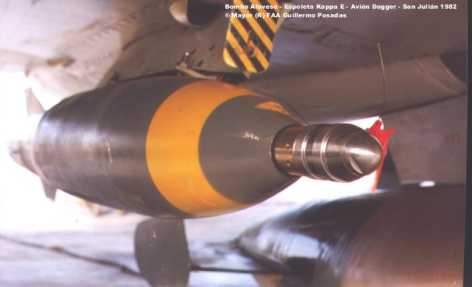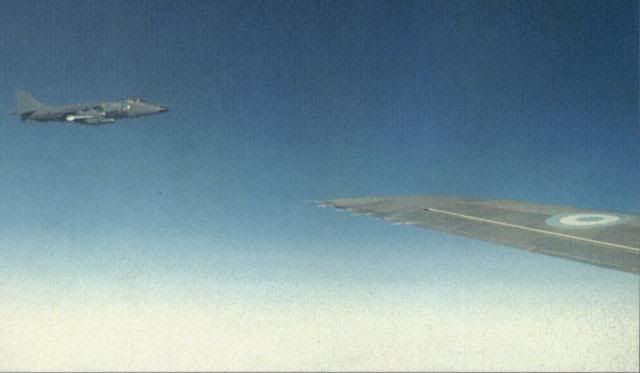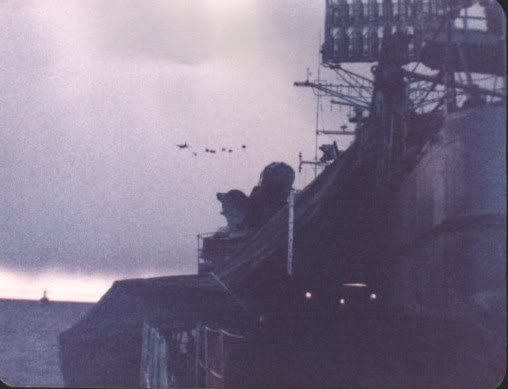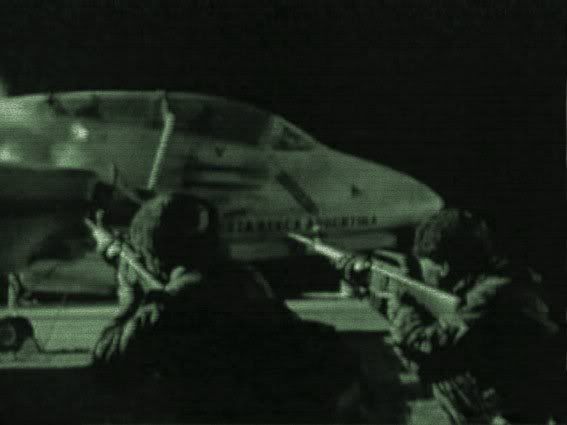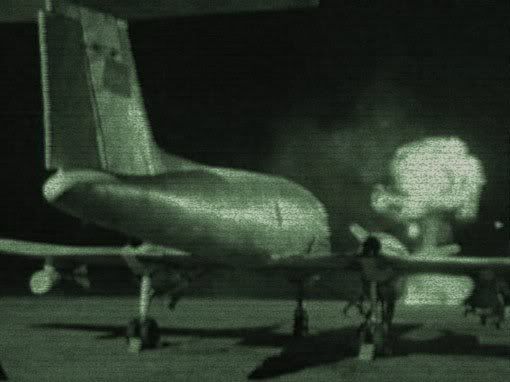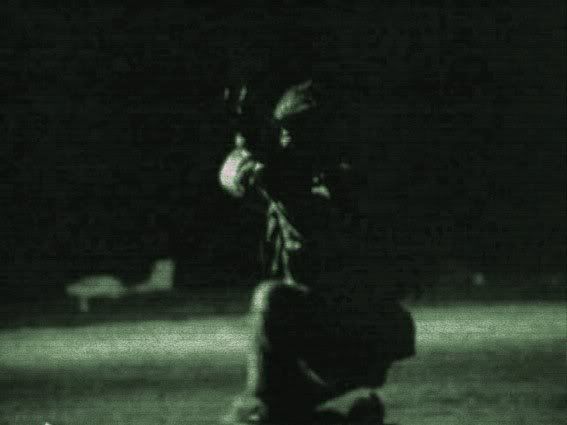Depends on climate, geography and water discipline.
A litre on good water discipline will easily do for a day in the tropics if you start out hydrated, for life but not comfort, but you wouldn’t want to keep it up for days or you’ll lose vital salts and dehydrate and become ineffective.
What you need to carry depends upon what’s available for refilling canteens.
As an aside, a mate of mine in Vietnam was with another bloke refilling their platoon’s canteens (about fifteen extra canteens each) from a water hole in enemy country when a stuff up throwing wrong coloured smoke resulted in their unit calling in an airstrike on itself. He and the other bloke saw what happened and saw the jets swinging to fire on the smoke near them. He started running. It was all in slow motion. Took him a while to realise he was dragging about fifteen full canteens on a lanyard. His speed improved dramatically when he slipped the lanyard.
Food, sleeping bag, rifle, grenades, ammunition and I would say you are pretty close to 120lbs already.
My recollection is that 60 lb for Aussies in WWII was their weapons; ?50 to 60 rounds .303; their webbing; and what they could fit in their '37 pattern basic pouches and back pack, which was a pretty small back pack (still got one - about a quarter the size of the giant packs my kids wear to school which I reckon are sufficient to conquer Mt Everest!)
The lads don’t fight carrying this weight, the bergans are cached to the rear.
On planned attacks.
Ambushed, you fight with what you have on or try to ditch it, sometimes both at the same time.





